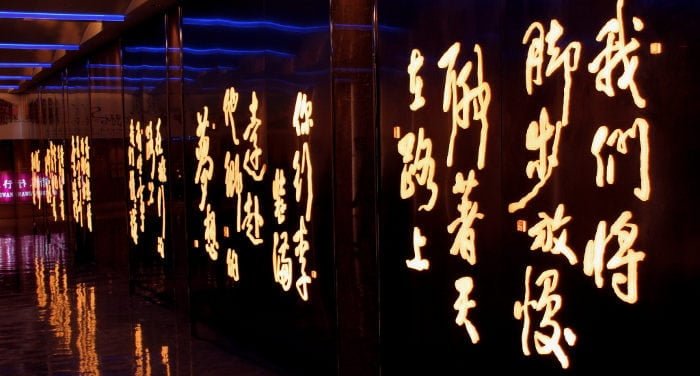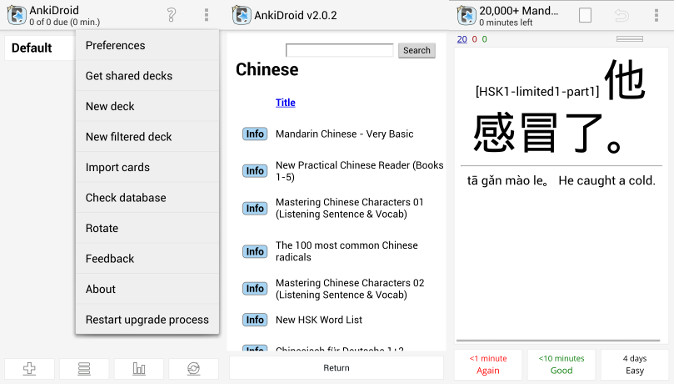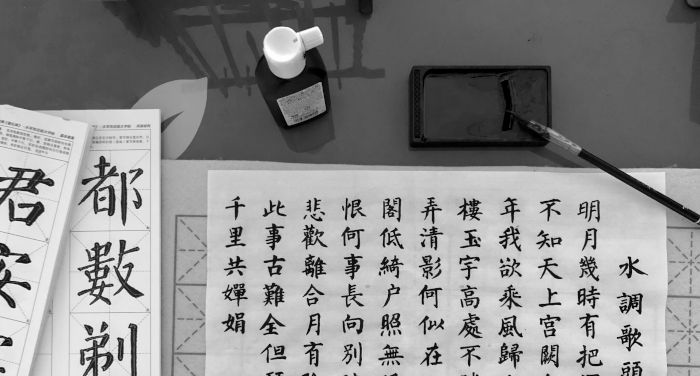
The topic-comment structure
The topic-comment structure is perhaps one of the most difficult peculiarities of the Chinese language to master for those who aren’t Chinese.
In short, the Chinese phrase can also be structured according to a sequence that is conventionally called “topic-comment”. The topic, located at the initial position of the phrase, is a name or defined noun syntagm that can be named before; the comment is the statement that follows which says something about the topic. The comment, usually, follows the syntactic order SVO, where S is for subject, V is for verb and O is for object.
What divides the topic from the comment? Usually in the written form of the language, there’s a comma inserted between the topic and comment for a pause; but in the spoken language we can find (though it isn’t obligatory) one of these modal particles: 啊 (a); 呢 (ne); 吧 (ba).
Let’s look at a few examples:
Topic:
这家餐厅,
Zhè jiā cāntīng,
In this restaurant,
Comment:
服务很好。
fúwù hěn hǎo.
the service is good.
Topic:
王小姐,
Wáng xiaǒjiě,
Miss Wang,
Comment:
我认识她。
wǒ rènshi tā.
I know her.
Topic:
王小姐,
Wáng xiaǒjiě,
Miss Wang,
Comment:
她认识我。
tā rènshi wǒ.
knows me.
Topic:
那本书,
Nà běn shū,
That book,
Comment:
我想看。
wǒ xiǎng kàn.
I want to read it.
Topic:
后天,
Hòutiān,
The day after tomorrow,
Comment:
他不来。
tā bù lái.
he won’t be coming.
Topic:
那位先生,
Nà wèi xiānsheng,
That man,
Comment:
不是老师,是大夫。
bù shì laoshī, shì dàifu.
isn’t a teacher, but a doctor.
Topic:
那位老师,
Nà wèi laǒshī,
That professor,
Comment:
我很喜欢他的衣服。
wǒ hěn xǐhuan tā de yīfu.
I like his suits.
The adverb 都 (dōu)
Speaking of the topic-comment structure, I can’t help but mention the adverb 都 (dōu), an adverb that has multiple uses and meanings.
In this place, we’re interested in 都 as an adverb, which is put immediately before the verb and is generally translated as “all”, with the purpose of referring to something mentioned earlier.
都 (dōu) is often found inserted in the comment to refer to something that was mentioned in the topic:
苹果和柠檬,我都喜欢。
Píngguǒ hé níngméng, wǒ dōu xǐhuan.
Apples and lemons, (all) I like them.
那些书,我都喜欢看。
Nà xiē shū, wǒ dōu xǐhuan kàn.
Those books, I like them all (to read).
柠檬、苹果、樱桃,我都喜欢吃。
Níngméng, píngguǒ, yīngtáo, wǒ dōu xǐhuan chī.
Lemons, apples, cherries, I like them all (to eat).
日本、中国,我都想去。
Rìběn, zhōngguǒ, wǒ dōu xiǎng qù.
Japan, China, I want to go to all of them.
都 can also refer to an object that can be ommitted:
我们都喜欢。
Wǒmen dōu xǐhuan.
We all like it.
我都懂。
Wǒ dōu dǒng.
I understand all of it.
我都吃。
Wǒ dōu chī.
I eat everything.
Moreover, 都 can be preceded or followed by the negating adverb. According to its position in the phrase, the meaning changes:
我都不懂。
Wǒ dōu bù dǒng.
I don’t understand anything.
我不都懂。
Wǒ bù dōu dǒng.
I don’t understand anything.
我们都不去。
Wǒmen dōu bù qù.
None of us go.
我们不都去。
Wǒmen bù dōu qù.
Not all of us go.
他们都不忙。
Tāmen dōu bù máng.
None of them are busy.
他们不都忙。
Tāmen bù dōu máng.
Not all of them are busy.
After all that was said above, you might be asking why you’d use the topic-comment structure? It’s simple: you need to focus the listener’s attention on something in particular!
The direct and indirect object
Chinese is a language of the SVO type, or subject – verb – object. Nevertheless, in Chinese the objects fall into two distinct types: the direct object and indirect object.
The direct object is the noun that undergoes an effect on the part of a verb or is created by the action of a verb. The direct object generally follows the verb on which it depends or is created by it:
我吃苹果。
Wǒ chī píngguǒ.
I eat the apple.
她看报纸。
Tā kàn bàozhǐ.
She reads the newspaper.
狗咬猫。
Gǒu yǎo māo.
Dogs bite cats.
As you can see in the examples listed above, the direct objects (the apple, the newspaper and the cats) undergo an effect on the part of the verb placed immediately before it: the apple is eaten, the newspaper gets read and the cats get bitten.
When a monosyllabic verb is used to represent a generic action (to read, to eat, to sleep) and not an action directed to an end, it must be immediately followed by an apparent object (the conventional name considered most compatible for a determined verb).
If you specify the object of our action (read the newspaper, eat the apple), you substitute the apparent object with the definite object of our action (newspaper, apple, and so on).
For example in the case of 看 (kàn), “to read”, 书 (shū), “book” is the apparent object of “to read”.
The indirect object indicates the recipient or beneficiary of the action produced by the verb and precedes the direct object in any case. The direct object includes verbs that are conventionally called dative verbs because they are close to those that in “Western” languages are the complement of the term:
我给他一本书。
Wǒ gěi tā yī běn shū.
I give him a book.
Here are the main dative verbs:
教 (jiāo) “to teach”:
我教你们中文。
Wǒ jiāo nǐmen zhōngwén.
I teach you Chinese.
问 (wèn)“to ask”:
问他路。
Wèn tā lù.
Ask him the road.
还 (huán) “to give back”:
还我那本书。
Huán wǒ nà běn shū.
Give me back that book.
送 (sòng)“to give”:
我送妈妈一本书。
Wǒ sòng māma yī běn shū.
I give my mom a book.
告诉 (gàosu) “to inform”:
她告诉我他不来。
Tā gàosu wǒ tā bù lái.
She told me that he isn’t coming.
欠 (qiàn) “to be in debt”:
他欠我两欧元。
Tā qiàn wǒ liǎng ōuyuán.
He owes me two euros.
借 (jiè) “to lend”:
我借他一本书。
Wǒ jiè tā yī běn shū.
I lent him a book.
通知 (tōngzhī) “communicate”:
他通知我他不去。
Tā tōngzhī wǒ tā bù qù.
He told me that he isn’t coming.
Note that the character 给 (gěi) which we saw as “to give to”, in Chinese can introduce the beneficiary of the action by assuming the value of “to” or “for”:
我给妈妈买了一本书。(corretta)
Wǒ gěi māma mǎi le yī běn shū.
I bought a book for my mother.
我买了妈妈一本书。(sbagliata)
Wǒ mǎi le māma yī běn shū.
[This phrase is incorrect].
我给妈妈写了一封信。(corretta)
Wǒ gěi māma xiě le yī fēng xìn.
I wrote a letter to my mom.
我写了妈妈一封信。(sbagliata)
Wǒ xiě le māma yī fēng xìn.
[This phrase is incorrect].
Photo Credits: ![]() TPE Taoyuan International Airport by Thank You (22 Millions+) views
TPE Taoyuan International Airport by Thank You (22 Millions+) views



